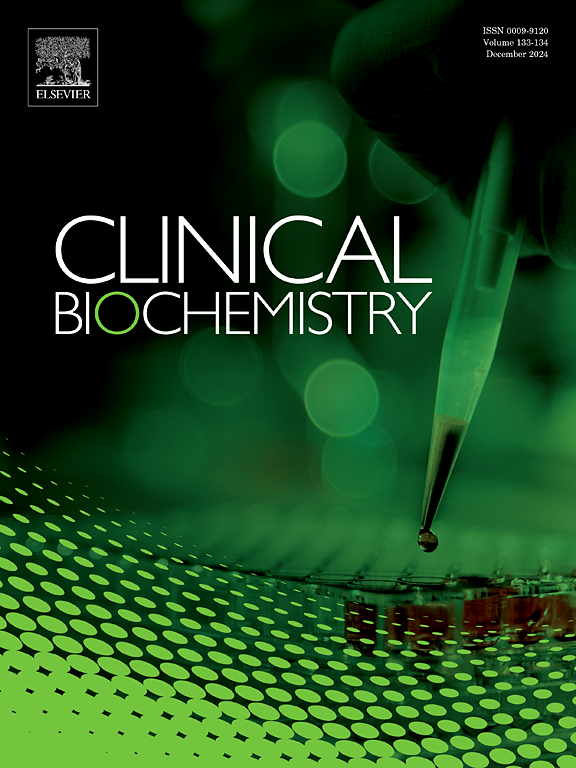导论第二部分-实施实验室质量改进项目。
IF 2.1
3区 医学
Q2 MEDICAL LABORATORY TECHNOLOGY
引用次数: 0
摘要
质量改进(QI)范式是一种持续的系统改进方法,其重点是患者的预后和安全性。这个框架应该应用到整个测试过程中实验室驱动的质量工作中。然而,从临床实验室的角度来看,关于如何准备、实施和评估质量保证倡议的指导和资源很少。相对于医疗保健中的其他学科,检验医学的质量差距、错误类型和挑战是非常独特的。这为临床实验室人员推动QI项目提出了一个主要的差距和障碍。本文是由三部分组成的入门系列的第二部分,旨在弥合这一知识差距,并作为临床实验室执行和维持QI计划的指南。在第一篇文章中,概述了准备QI项目的方法,包括问题识别、根本原因分析和SMART目标建立。本文介绍了一个与血清蛋白电泳(SPEP)利用有关的真实QI倡议的临床实例。本入门系列的第二部分重点介绍QI活动的实现。在整个过程中,我们介绍了与变更概念和想法、有效性层次、度量家族和实施周期相关的基本概念。理论概念适用于临床小插曲,我们继续遵循一个真正的SPEP利用倡议的进展。本文章由计算机程序翻译,如有差异,请以英文原文为准。
Primer part 2 - implementing a laboratory quality improvement project
The quality improvement (QI) paradigm is a continual approach to systematic improvement that focuses on patient outcomes and safety. This framework should be applied to laboratory driven quality efforts across the total testing process. However, there is minimal guidance and few resources on how to prepare, implement, and evaluate a QI initiative from a clinical laboratory perspective. Relative to other disciplines in healthcare, the quality gaps and types of errors and challenges in laboratory medicine are quite unique. This presents a major gap and barrier for clinical laboratorians to drive QI projects. This article is the second in a three-part primer series that aims to bridge this knowledge gap and act as a guide for clinical laboratories to execute and sustain QI initiatives. In the first article, an approach to preparing a QI project was outlined, including problem identification, root cause analysis, and SMART aim establishment. A clinical vignette of a real QI initiative related to serum protein electrophoresis (SPEP) utilization at our institution was introduced. The second part of this primer series focuses on the implementation of a QI initiative. Throughout, we introduce fundamental concepts related to change concepts and ideas, hierarchy of effectiveness, family of measures, and implementation cycles. Theoretical concepts are applied to the clinical vignette where we continue to follow the progress of a real SPEP utilization initiative.
求助全文
通过发布文献求助,成功后即可免费获取论文全文。
去求助
来源期刊

Clinical biochemistry
医学-医学实验技术
CiteScore
5.10
自引率
0.00%
发文量
151
审稿时长
25 days
期刊介绍:
Clinical Biochemistry publishes articles relating to clinical chemistry, molecular biology and genetics, therapeutic drug monitoring and toxicology, laboratory immunology and laboratory medicine in general, with the focus on analytical and clinical investigation of laboratory tests in humans used for diagnosis, prognosis, treatment and therapy, and monitoring of disease.
 求助内容:
求助内容: 应助结果提醒方式:
应助结果提醒方式:


